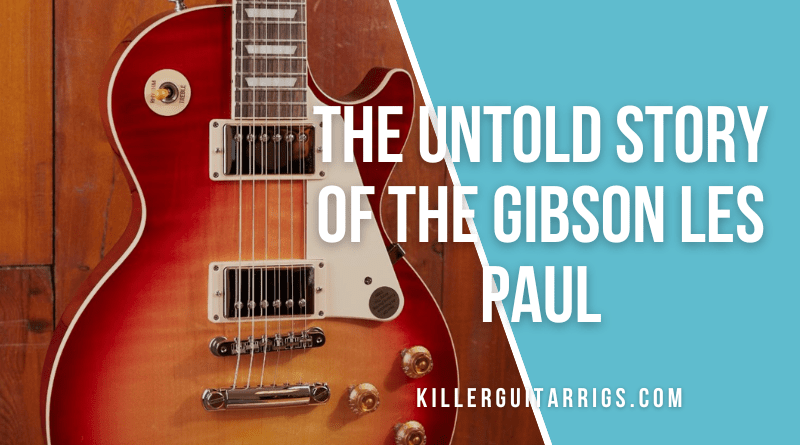The Gibson Les Paul has been one of the most successful designs in the history of the stringed instrument. Despite being first built in the 1950s, the original design has stood the test of time.
In this KillerGuitarRigs Special, we’re taking a deep dive into this iconic guitar, but this won’t just be another list of facts; instead, we’ll be separating fact from fiction, dispelling urban myths, and shedding light on some of the craziest stories about these amazing guitars and their history.
Contents
Origins of the Species

The version of the story that almost everybody knows and recites when it comes to the original design was that Les himself designed the guitar, basing it on his “log” prototype, but it wasn’t quite so straight forward.
Prior to his mainstream success the name, Les Paul, didn’t have quite the clout it would in years to come. Despite a lack of notoriety, Paul still managed to get a meeting with the then president of Gibson’s parent company (CMI), Maurice Berlin in the early 1940s, to demonstrate his new design. Berlin effectively laughed Les Paul out of the building, treating his invention as some kind of joke.
Fast forward to the early 1950s; Fender were now having huge success with their new solid body guitars, the Esquire and the Broadcaster, and new Gibson president, Ted McCarty, needed a response. Les Paul recalls that Gibson called him out of the blue in 1951, claiming that Maurice Berlin himself instructed them to, “get in touch with the strange log guitar guy”, to help them solve their solid body problem.
Gibson’s version, and the more likely of the two, is that about a year after the release of Fender’s solid body models,new Gibson president, Ted McCarty, assembled a team of top engineers to design their new model from the ground up, and as Les Paul was now one of the country’s biggest acts, Gibson contacted him to be the face of the new model.
The evidence is right there when it comes to taking Gibson’s side of the events. The Les Paul has clear influences from existing Gibson models; for example, the twin P90 pickup, and 2x tone/2x volume knob electronics layout was lifted directly from their L5 CES and Super 400 CES designs. The single cutaway and the set neck were also long established design features at Gibson. Gibson had already used the crown fretboard inlay design on the ES-150 in 1950, and the 24 3/4″ scale length was already in use on several of their acoustic models.
Fun Fact 1 – The reason for the Les Paul’s carved top was nothing other than one upmanship. McCarthy knew that Leo Fender didn’t have the tools to finish guitars in this manner, and if the upstart was going to have a real shot at established competition, they needed all the selling points they could get.
Getting the Word Out
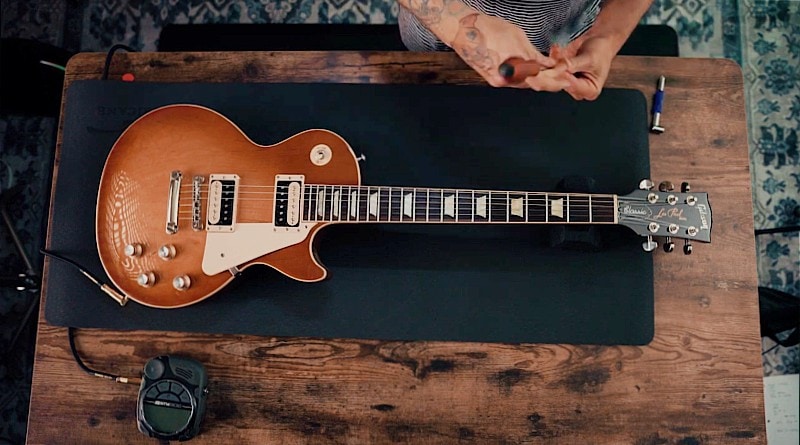
Being the 1950s, press releases and online product drops weren’t quite around, but Gibson‘s marketing team were definitely ahead of their time, and engaged in some guerrilla sales tactics to get the word out.
In 1952, Gibson were set to unveil the new Les Paul model at the summer NAMM show, but because at that time NAMM was strictly for press, and musicians weren’t allowed in, they decided to get creative. Just before the show, they held a preview in the nearby Waldorf Astoria hotel and invited prominent musicians of the day, like Tiger Haynes and George Barnes amongst others. This generated huge buzz, and significantly contributed to the early success of the launch.
Fun Fact 2 – When signing their endorsement contract with Gibson, Les Paul and Mary Ford were told in no uncertain terms that if they were so much as seen handling a guitar other than the new Les Paul in public, they would lose all compensation from future sales of the model.
Sneaky Pickups
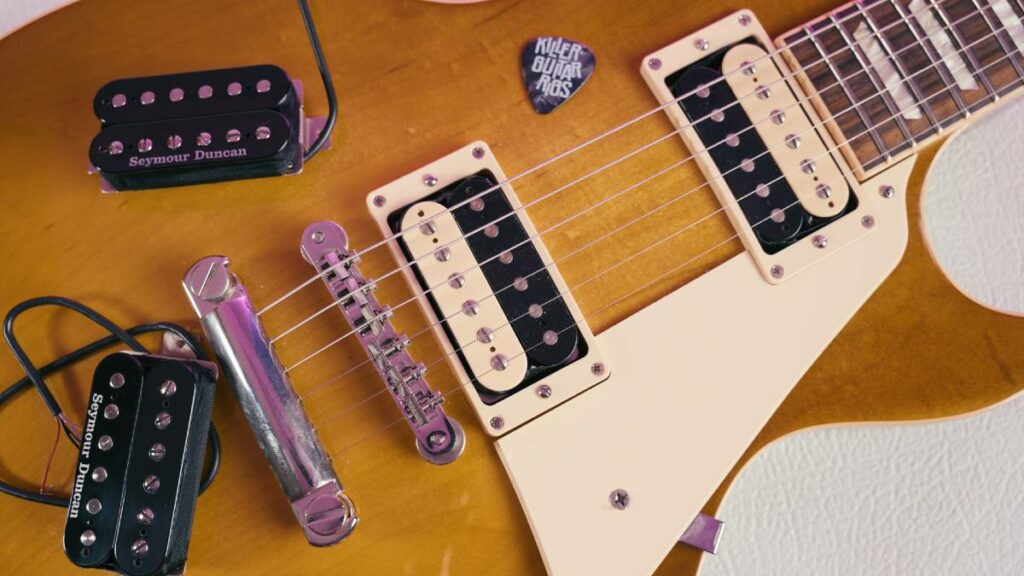
Pretty much everyone has heard of the PAF pickup, but few know the real story of how the “patent applied for” name stuck around for so long. In 1955, Gibson designed a dual coil pickup designed to cancel out, or “buck” the single coil hum that plagued electric guitars up until that point. Gibson then applied for a patent for their humbucking pickup design.
The patent was granted to Gibson in 1959, but to stop anybody from getting their design from the patent office recreating it, they continued to use a “patent applied for” sticker until 1962. Even after gaining a patent, and starting to use a patent number sticker, the subterfuge continued – it turned out that the patent sticker in use referred to a bridge component, not a pickup.
Once again, this was done to make it harder for competitors to source and recreate their design. They kept doing this until around 1963, and this is why they have kept their PAF nickname to this day.
Fun Fact 3 – The adjustable screws on the PAF pickups weren’t included as part of the original design. They were yet another ploy from the Gibson marketing team, who requested them from the engineers to give them more talking points for their conversations with dealers.
Things Were Plain to Begin With
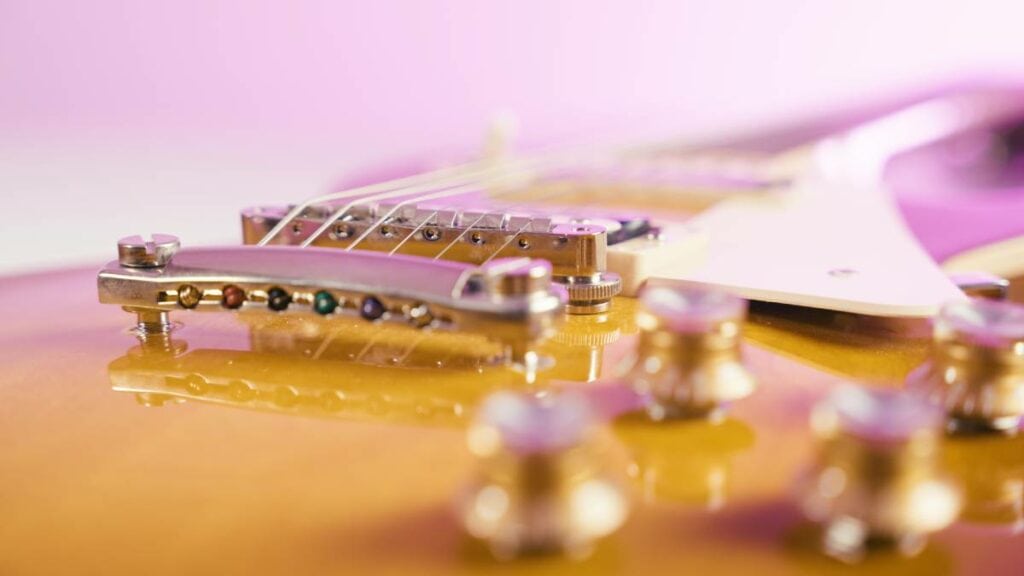
Because of relatively slow sales and public response, the earliest runs of the Les Paul series were made with plain tops. Gibson had been making beautiful burst finishes for their hollow body and acoustic models for years, but didn’t want to waste the good wood on stock that might not sell. Until around 1958, the Gold Top had been a top seller, but by this point, sales had begun to dip.
To stir things up, Gibson made Cherry Sunburst finishes available, just in time for the summer NAMM – this was to be the new ‘Les Paul Standard‘. Sadly, this production run only lasted until 1960, and just 1450 were made. Little did anybody know, that ‘the bursts’ as they’d affectionately come to be known, would later become some of the most sought after and most expensive guitars in history.
Fun Fact 4 – The reason that 58, 59, and 60 Les Pauls are so sought after isn’t just because of the limited run. It’s because these years were seen as the genesis of what is now considered desirable in a Les Paul – namely a combination of humbuckers, and a flamed burst top.
Les Paul Didn’t Hate the SG
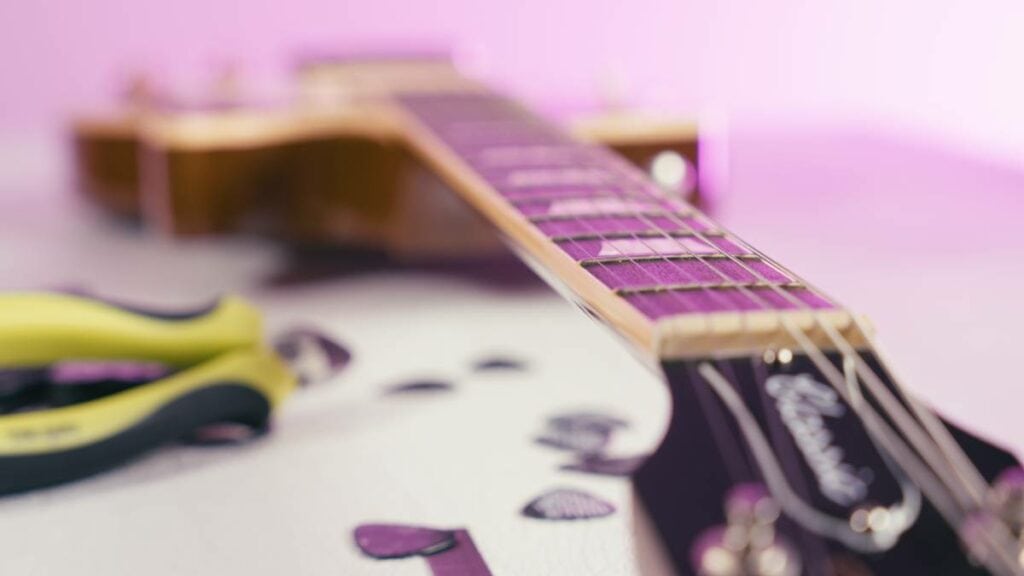
In 1961, the design of the Les Paul changed drastically. It was given a double cutaway and a flat top – a design that would later be known as the SG. Legend has it that Les hated the new design and didn’t want his name on it. But, this simply isn’t true, despite what that guy on Facebook told you.
The real reason is much less rock and roll. Paul’s endorsement deal was coming to an end, as was his marriage. To prevent the loss of more money in his divorce from Mary Ford, Les Paul killed off his Gibson deal. From 1964 onwards, this new double cut design would be known as the SG, which stood for ‘Solid Guitar’.
Fun Fact 5 – While not the reason for dropping his name from the model, Les Paul would later admit that he didn’t much care for the SG design as he disliked the weight, the neck and the flat top – this was likely the source of the urban myth about him hating it. However, he still took part in the marketing campaign, although he used his original Les Paul guitars during performances.
The Original Les Paul Design was Saved by Eric Clapton
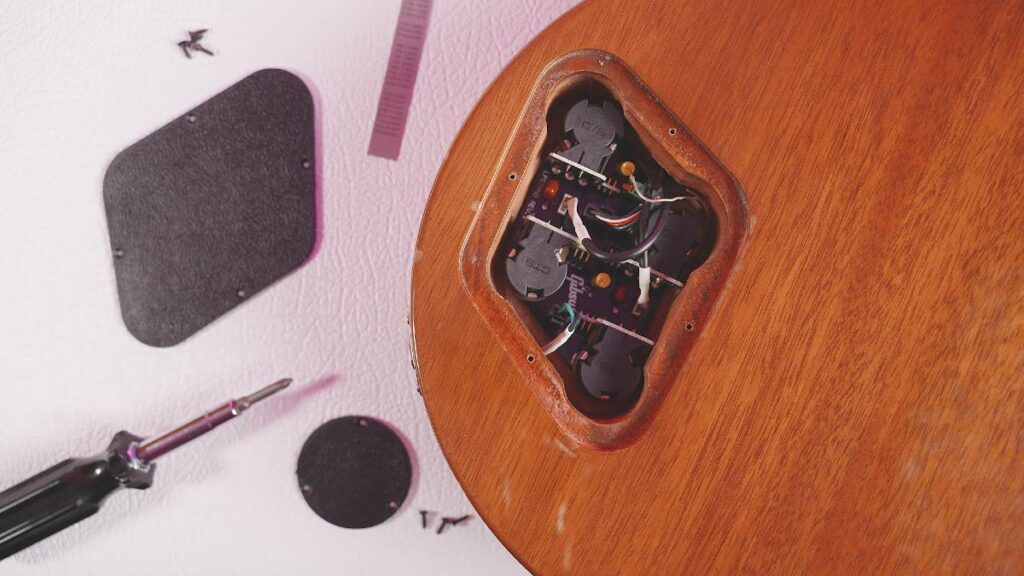
From ’64 to ’67 there were no new Les Paul models of any kind sold.
Les Paul himself was losing popularity and relevance, and it seemed as though these incredible guitars would be retired to the annals of history. That was, until Eric Clapton left the Yardbirds in ’65. He soon landed a spot in The Bluesbreakers, but he needed a new guitar. Clapton paid £130 for his 1960 Les Paul burst, and the rest is history.
As more players tried to imitate Clapton’s massive tone, they realized that to do it right, they needed a pre SG Les Paul. Within a year or two, all the big names in rock and roll were buying up all the supplies of used LPs. By 1967, demand was so high for the original LP design, that Gibson retooled and restarted production in 1968.
Fun Fact 6 – Production of early models was slow, with approx 1500-2000 examples being built each year from the 50s to the early 60s. The burst era was responsible for just 1450 Units between 1958-1960. Contrast this with production numbers post relaunching 1968, with over 100 per day being built.
Final Thoughts on the Gibson Les Paul
It’s a bit of a cliche to keep repeating just how iconic the Gibson Les Paul really is, but few, if any guitars have had such a massive impact on music and pop culture as a whole.
Regardless of how it came to be, or why production stopped, there’s no doubt that this is truly a special instrument.

